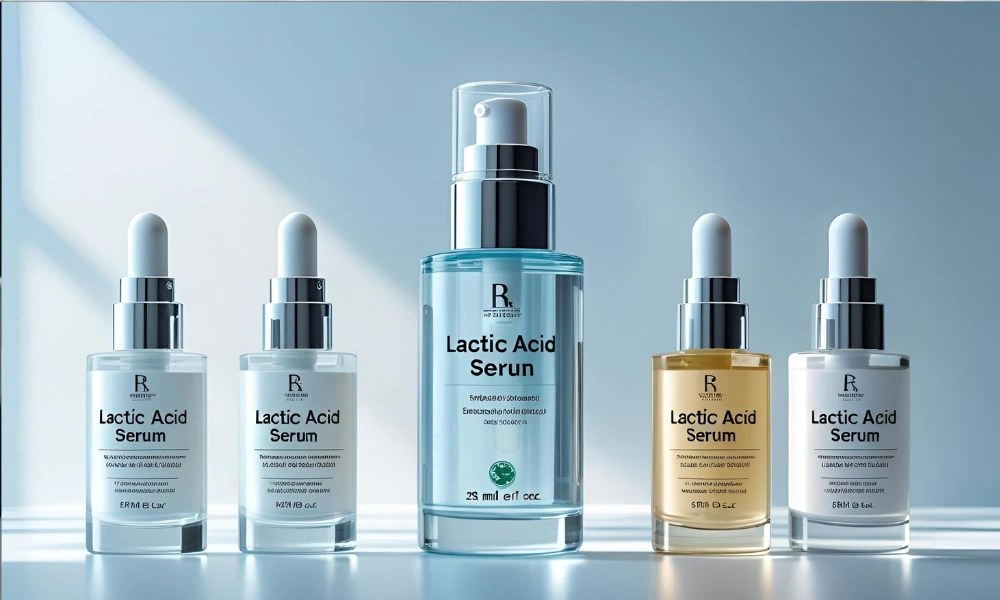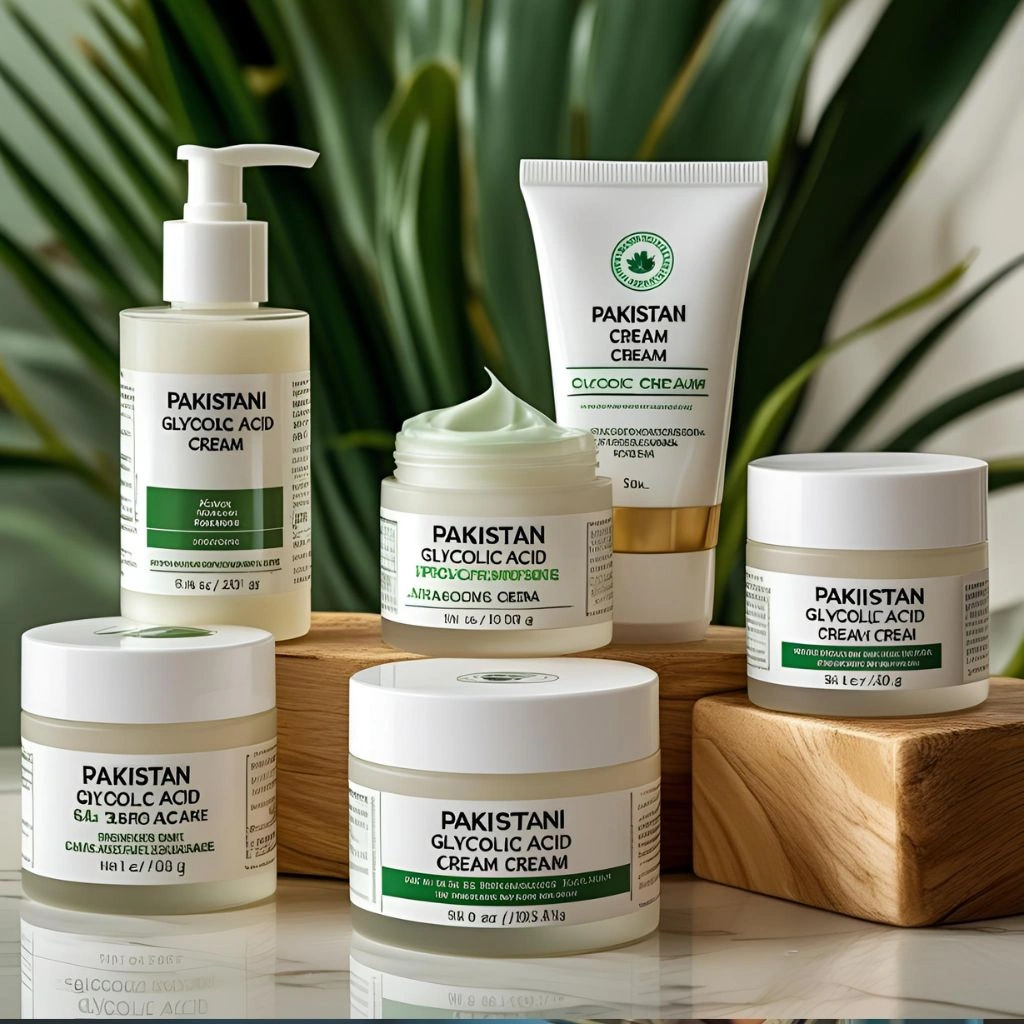
What Is Lactic Acid’s Secret Ingredient for Skincare?
Do you ever think about how certain skincare products leave skin looking noticeably smoother in the morning? The answer may be a so-called natural ingredient that’s increasingly being used in dermatology clinics—Lactic Acid.
Whether you are a skincare junkie, owner of a clinic, or a dermatologist, knowing the potential of lactic acid can make your patient consultations and treatment results better. At Sehat Website, we want to fill the gap between contemporary skincare training and cutting-edge digital tools such as Sehat Pro, a clinical management software tailored specifically for doctors, small hospitals, and skincare clinics.
What Is Lactic Acid and Why Should You Care?
Lactic acid is an alpha hydroxy acid (AHA) derived from milk and fruit sugars. Unlike rough exfoliators, it’s gentle, effective, and has a broad range of uses—ranging from exfoliation to hydrating. It’s not merely a skincare trend—it’s a clinical treatment that professionals can safely recommend.
With Sehat Pro, physicians are now able to store, monitor, and prescribe customized skincare treatments, such as lactic acid-based treatments, more accurately.
How Does Lactic Acid Work On The Skin?
When used on the skin, lactic acid behaves like a mini chemical peel. It breaks down the “glue” that holds dead skin cells together, causing fresh healthy skin to rise to the surface. Here’s what occurs:
- Dead cells are shed.
- Collagen production is stimulated.
- The skin holds more moisture.
All these changes can be tracked and recorded using Sehat Pro, with patients finding it easier for clinics to provide tangible outcomes and gain the trust of patients.
What Are the Major Advantages of Lactic Acid?
1. Delicate Exfoliation Without Scrubbing
Unlike physical exfoliants that have the potential to produce microtears, lactic acid dislodges the cell bonds without rubbing. Clinics providing facials and chemical peels can incorporate lactic acid in treatments that minimize patient downtime.
2. Hydrates the Skin
Lactic acid is a humectant that attracts moisture into the skin. This makes it perfect for dry or sensitive skin patients. With Sehat Pro, dermatologists can record skin hydration levels, response to products, and real-time changes.
3. Fades Dull, Uneven Skin Tone
Lactic acid gradually lightens areas of pigmentation, sun spots, and acne marks, enabling patients to look radiant again.
4. Reduces Fine Lines and Wrinkles
As collagen levels rise, skin becomes more taut. Sehat Pro’s before-and-after photo comparison tool can visually highlight patient progress in clinics.
5. Reduces Acne Breakouts
Lactic acid cleans out pores, regulates oil, and minimizes inflammation, so it’s a go-to for acne skin. Sehat Pro can streamline repeat acne treatments with automated prescriptions to free up practitioners’ time.
Are There Any Side Effects to Using Lactic Acid?
Yes—but they’re easy to manage with the proper precautions.
1. Redness and Sensitivity
Overuse is likely to cause irritation. That is why professionals should begin with lower strengths and escalate usage gradually. With Sehat Pro, reminders and alerts can be set for patient improvement and sensitivity responses.
2. Sun Sensitivity
Lactic acid sensitizes the skin to UV damage. Clinics must always instruct about sunscreen, and Sehat Pro facilitates easy recording of patient education and aftercare advice.
3. Dryness or Peeling
In a few cases, patients can develop temporary dry spots or minor peeling. Through the use of Sehat Pro, clinics are able to monitor dosage changes and results and adjust future appointments accordingly.
Who Should Utilize Lactic Acid in Their Skincare Regimen?
Lactic acid can be used by a broad spectrum of patients:
- Aging Skin: Smooths fine lines
- Acne-prone Skin: Purifies clogged pores
- Dry or Dull Skin: Moisturizes and enhances radiance
- Uneven Tone: Erases pigmentation
Clinics and dermatologists using Sehat Pro can set patient profiles that flag suitable treatments based on skin type, history, and goals.
How Should Lactic Acid Be Used Safely?
1. Start Low and Slow
For beginners, use 5–10% lactic acid products two to three times a week.
2. Patch Test First
Always test a small area before full application—especially for sensitive skin.
3. Avoid Mixing with Retinol or Vitamin C
Mixing too many actives irritates. Clinics can use Sehat Pro’s prescription safety checker to alert against ingredient conflicts.
4. Always Wear Sunscreen
It’s not an option. Patients being treated must wear sunscreen every day to guard against new skin.
How Can Clinics Use Sehat Pro to Improve Skincare Treatments?
Here’s how Sehat Pro elevates your clinic to the next level:
- Digital Patient Profiles: Monitor skin conditions, product usage, and treatment progress.
- Product Log: Maintain a digital record of all lactic acid products suggested.
- Before/After Images: Take and compare before-and-after images over time.
- Auto-Reminders: Automatically schedule follow-ups for progress monitoring.
- Skin Health Analytics: Graphical reports to be able to display visually to patients the advancement in their skin.
Clinics that adopt digital tools such as Sehat Pro are not only modern but more effective and reliable.
Real-Life Use Case: A Small Clinic in Lahore
A small skin clinic in Lahore began utilizing Sehat Pro to organize its facial treatment services. With automated prescription records, visual skin progress monitoring, and client communication tools, patient satisfaction went through the roof—and repeat consultations rose 38% in three months.
The good news? It’s not only for large hospitals. Small clinics can now provide elite-level skin consultations due to the intelligent infrastructure of Sehat Pro
Conclusion: Why Every Clinic Should Provide Lactic Acid Treatments
Lactic acid is not merely a skincare fad—it’s a scientifically proven ingredient that produces actual results when applied effectively. Its exfoliating, hydrating, and regenerating properties make it a treatment of choice for an array of skin issues.
As a programmer, I built Sehat Pro to enable clinics, physicians, and hospitals to bring precision, professionalism, and patient satisfaction to each skincare consultation.
Whether you are a small practice or a busy hospital, embracing a tool like Sehat Pro will:
- Increase your credibility
- Improve your quality of service
- Simplify your skincare treatment plans
At Sehat Website, we don’t simply educate—we empower you to grow.
Frequently Asked Questions (FAQ)
Yes. Sehat Pro allows clinics to document lactic acid usage, monitor skin reactions, and log treatment outcomes, ensuring personalized and data-backed care for each patient.
Lactic acid is generally safe for dry, sensitive, and aging skin. With Sehat Pro, practitioners can assess patient profiles and determine compatibility before recommending treatment.
Frequency depends on concentration and skin tolerance. Most dermatologists recommend starting with once or twice weekly. Sehat Pro enables scheduling and tracking of each session to avoid overuse.
Yes. Sehat Pro features a built-in ingredient checker that flags potential conflicts between lactic acid and other active ingredients, such as retinol or vitamin C.
It can be, but a thorough assessment is crucial. Sehat Pro helps practitioners store and access patient history, making it easier to decide whether lactic acid is suitable for conditions like rosacea or eczema.



